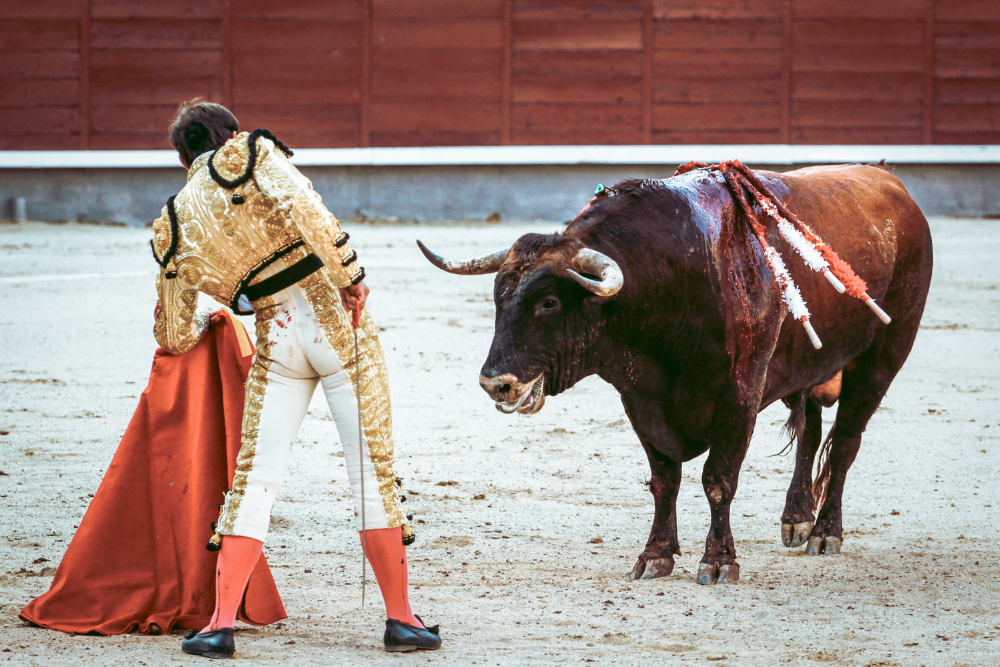Bullfighting, or la corrida de toros, has been a deeply ingrained tradition in Spain for centuries. Celebrated as an art form by its supporters and condemned as cruel by its detractors, it is one of the most polarizing cultural practices in the world. As Spain evolves, so too does the conversation surrounding bullfighting, with passionate debates about its place in modern society.
1. A Glimpse into the Tradition
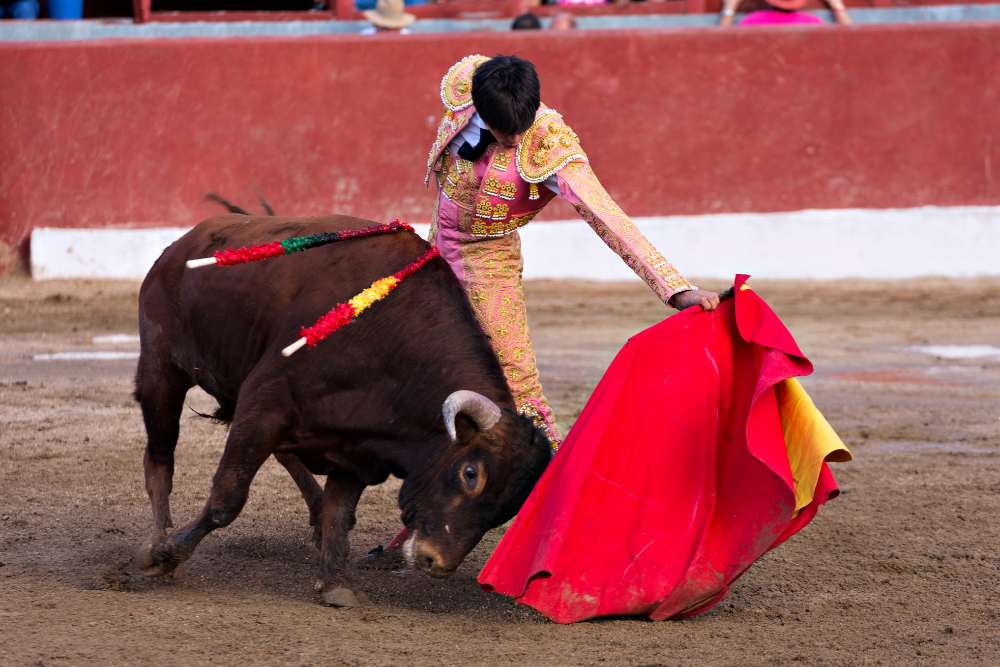
Bullfighting dates back to ancient times but became a formalized spectacle in Spain during the 18th century. Traditionally held in bullrings such as Madrid’s Las Ventas or Seville’s La Maestranza, the event is a carefully orchestrated performance involving three stages:
- Tercio de Varas: The bull is tested for strength and ferocity by a matador and picadors on horseback.
- Tercio de Banderillas: Banderilleros plant barbed sticks into the bull’s shoulders to weaken it.
- Tercio de Muerte: The matador faces the bull alone, attempting to deliver a clean, ceremonial kill.
For aficionados, bullfighting represents a dance of bravery, skill, and artistry, symbolizing the eternal struggle between man and beast.
2. Cultural Significance
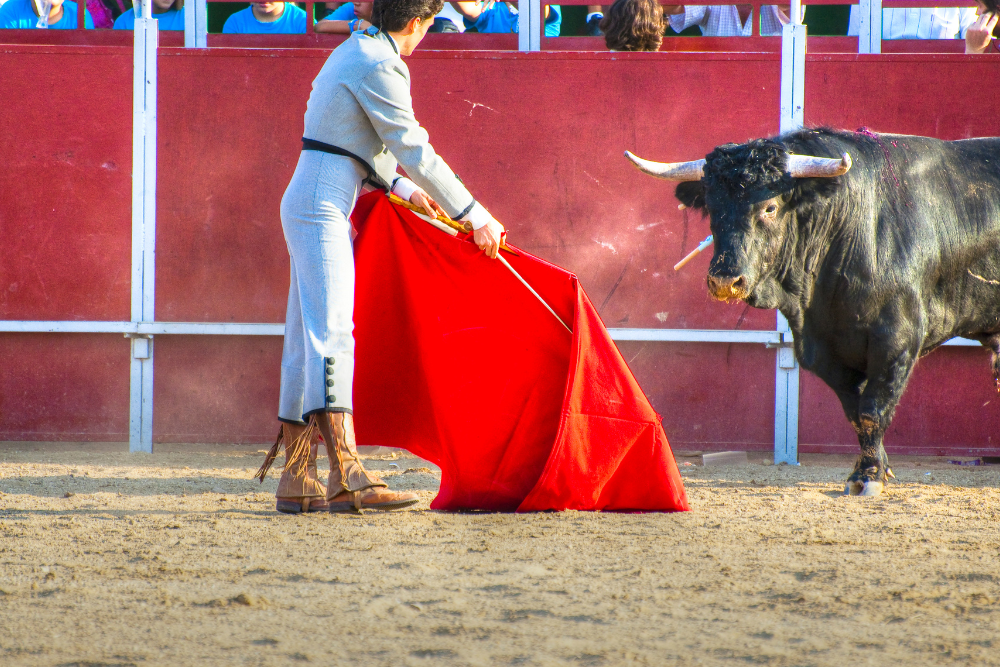
Bullfighting is more than just a spectacle; it is interwoven with Spanish identity. Ernest Hemingway famously described it as “the only art in which the artist is in danger of death.” Supporters argue that it embodies values such as courage, honor, and respect for tradition.
Regions like Andalusia and Madrid remain strongholds of bullfighting, where it is seen as an integral part of festivals like Seville’s Feria de Abril and Pamplona’s San Fermín. For many, attending a bullfight is a rite of passage, connecting them to their heritage.
3. The Controversy
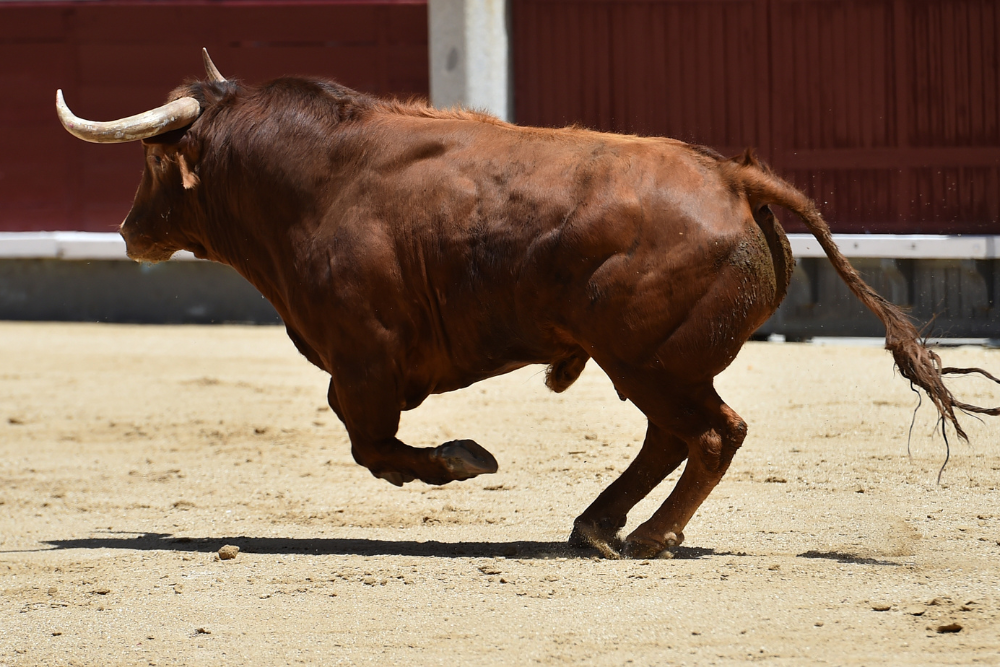
While bullfighting is celebrated by some, it has faced increasing opposition from animal rights activists and younger generations. Critics argue that it is a form of animal cruelty, with the bull subjected to prolonged suffering for the sake of entertainment.
Key Arguments Against Bullfighting:
- The bull experiences physical and psychological distress during the event.
- Modern society’s ethical standards challenge the justification of killing animals for sport.
- Public funds often subsidize bullfighting, sparking debates about its financial viability.
In response, some regions, like Catalonia and the Canary Islands, have banned bullfighting, reflecting a broader shift in attitudes.
4. Bullfighting in Decline
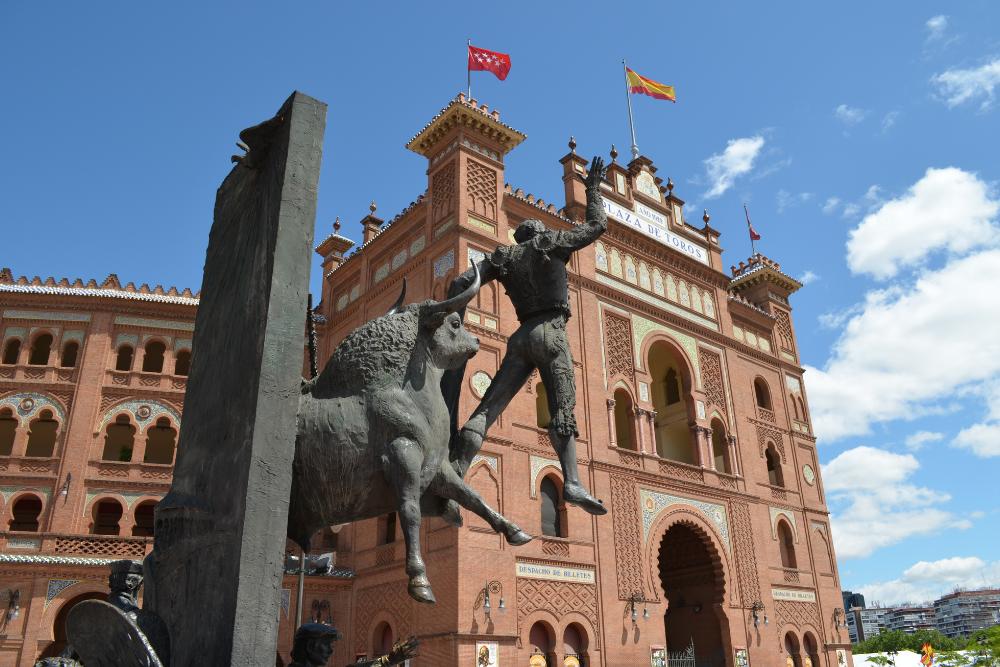
In recent years, attendance at bullfights has dwindled, particularly among younger Spaniards. Polls indicate that a majority of the population does not actively support bullfighting, and the COVID-19 pandemic further exacerbated its decline.
Despite this, efforts to preserve the tradition persist. Organizations and enthusiasts argue for its cultural and historical importance, viewing bullfighting as a unique form of expression that should not be erased.
5. Alternatives and Evolution
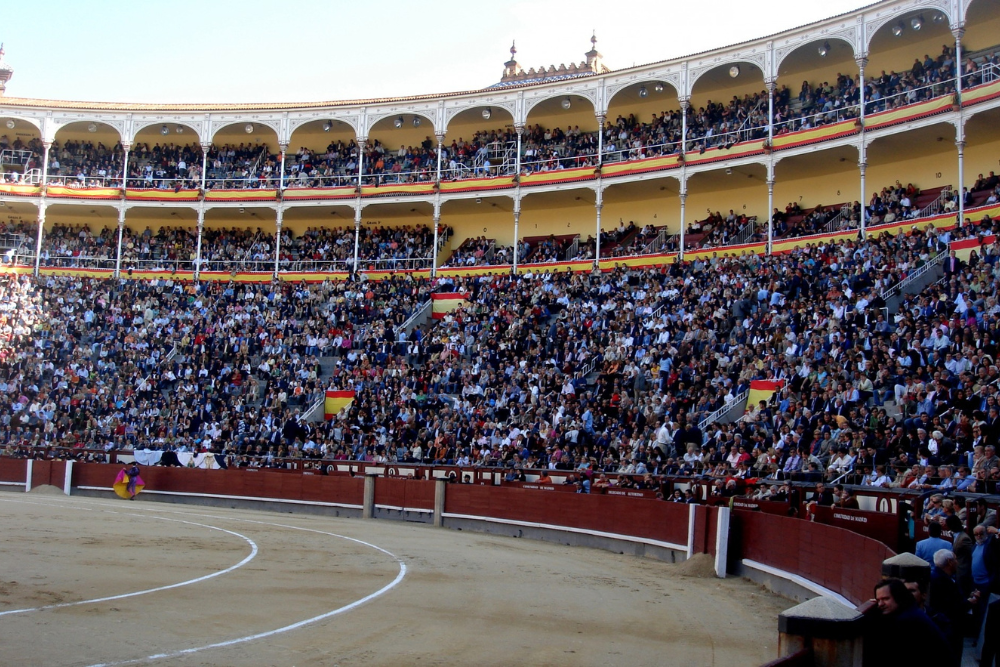
As Spain grapples with the future of bullfighting, some advocates propose reforms to make it more humane. These include:
- Recortadores: A non-lethal version of bullfighting where participants dodge bulls without harming them.
- Cultural Showcases: Presenting bullfighting as a theatrical performance without the killing of the animal.
These alternatives aim to balance respect for tradition with evolving ethical concerns, keeping the art alive while minimizing harm.
Tradition or Controversy?
The debate over bullfighting reflects a larger conversation about the intersection of tradition, ethics, and cultural identity. For some, it is an irreplaceable art form steeped in history; for others, it is an outdated practice incompatible with modern values.
Ultimately, the future of bullfighting in Spain will be shaped by ongoing dialogue, as the country seeks to honor its heritage while navigating the complexities of contemporary society. Whether viewed as an art or an anachronism, bullfighting remains a poignant symbol of Spain’s cultural tapestry.



